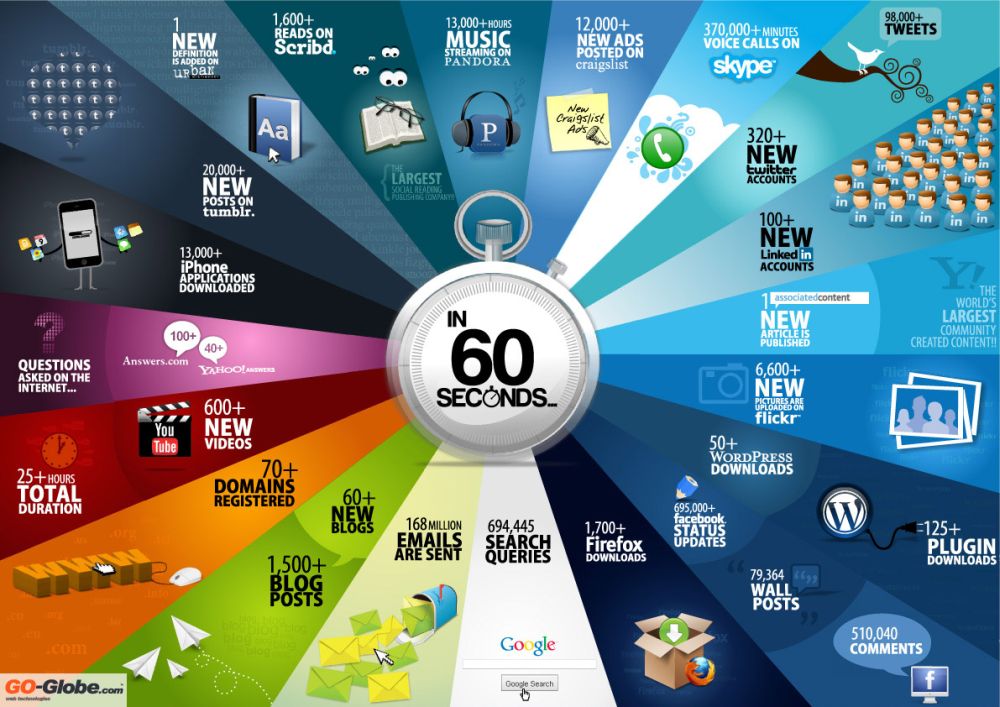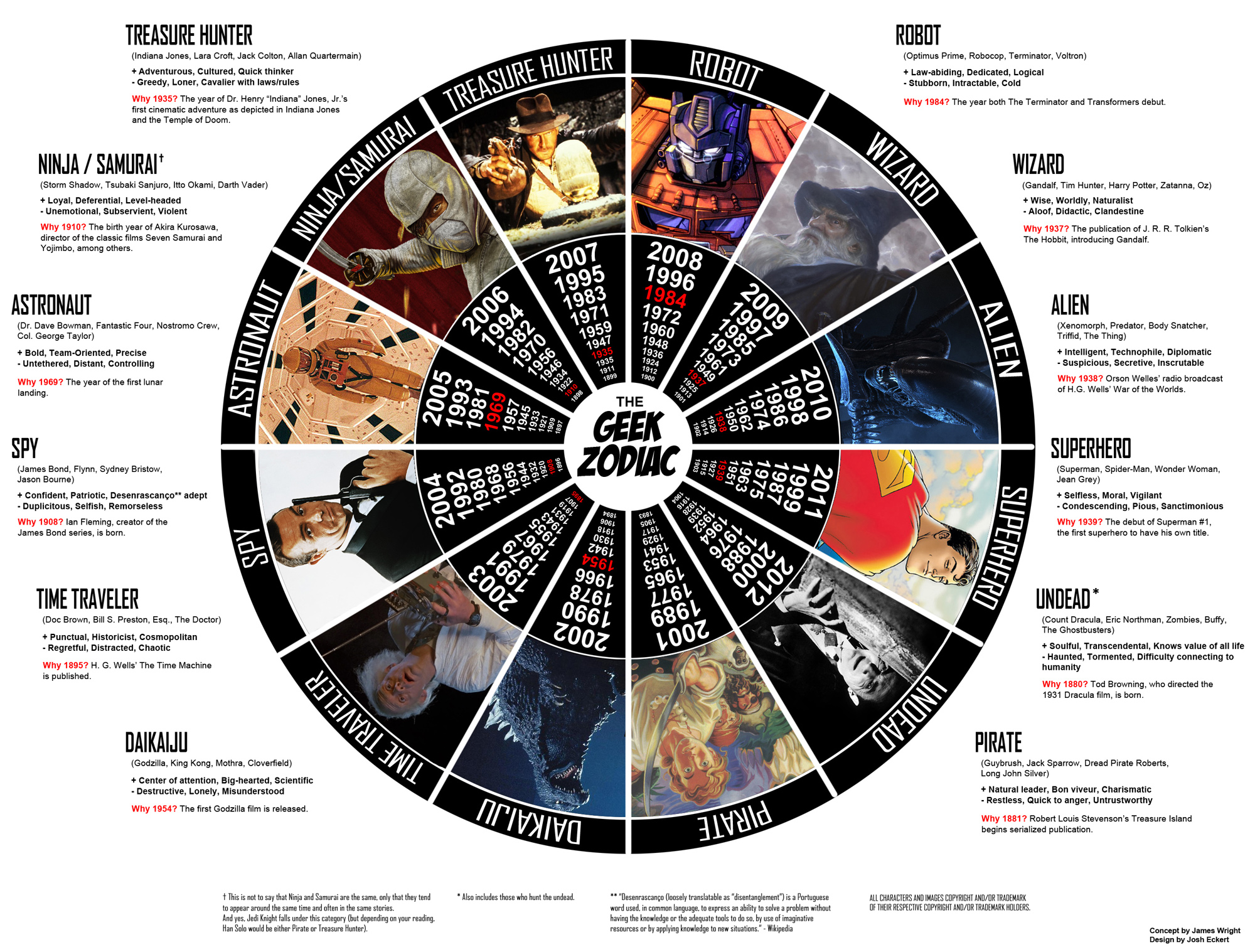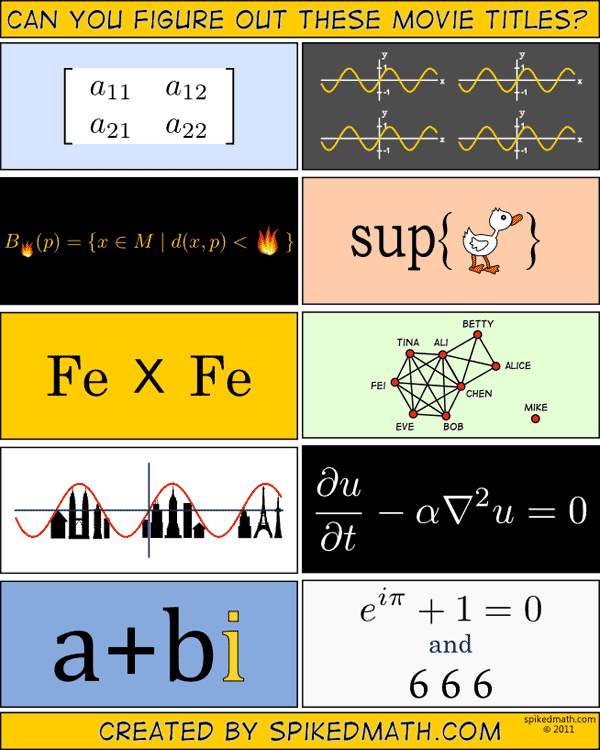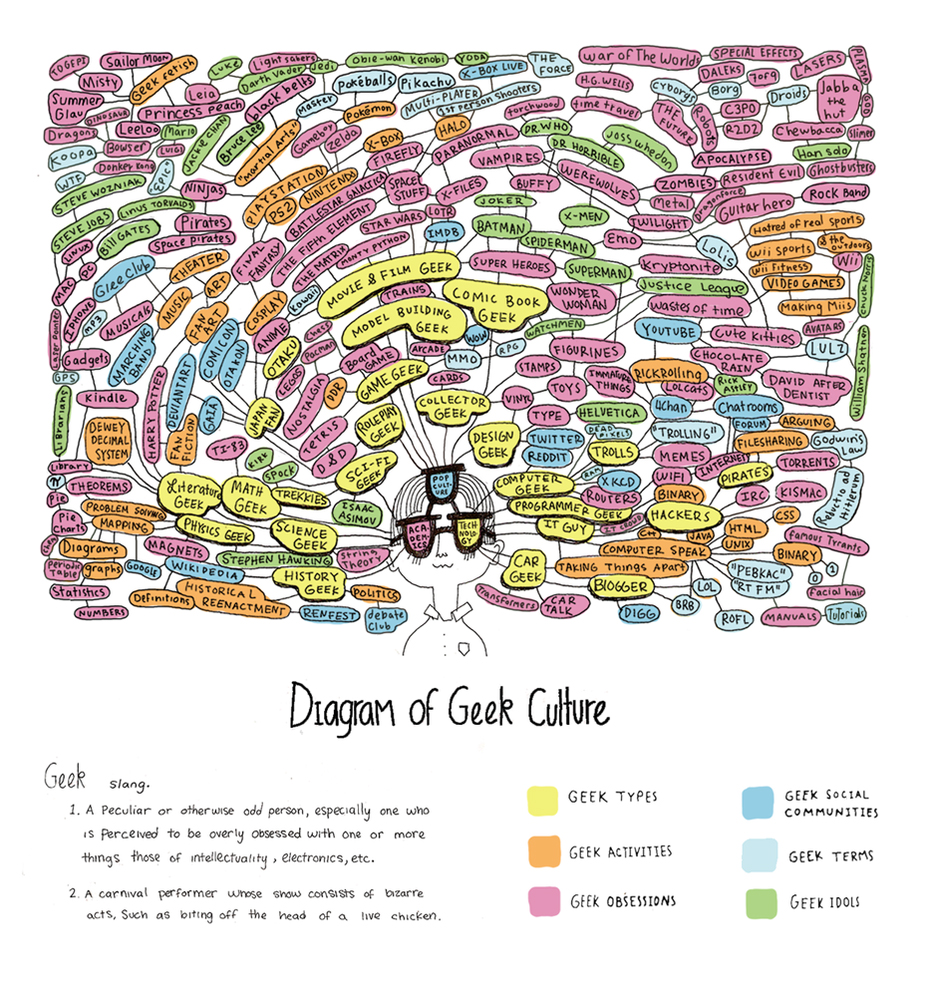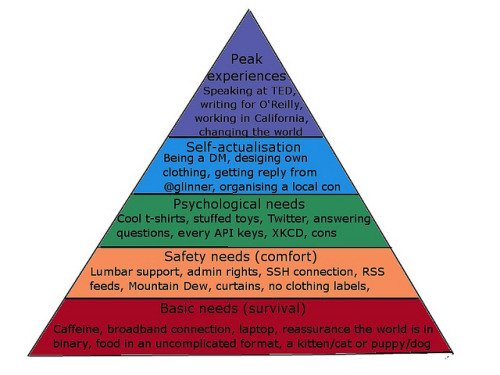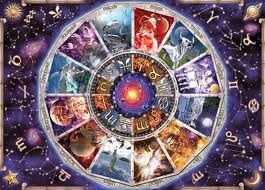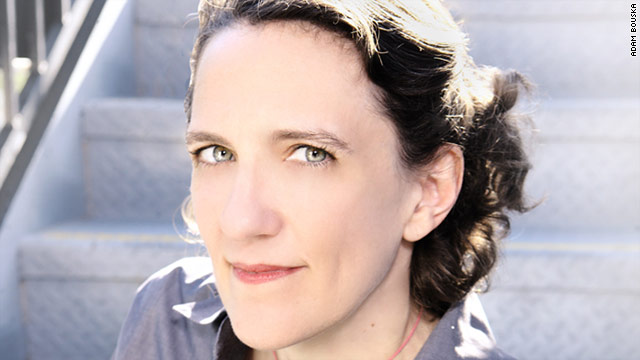Neil Stephenson's book "The Diamond Age" presents a fascinating piece of educational technology called "A Young Lady's Illustrated Primer" (See diagram below).
The primer is an interactive book that can answer a learner's questions (spoken in natural language), teach through allegories that incorporate elements of the learner's environment, and presents contextual just-in-time information.
The primer includes sensors that monitor the learner's actions and provide feedback. The learner is in a cognitive apprenticeship with the book: The primer models a certain skill (through allegorical fairy tale characters) which the learner then imitates in real life.
The primer follows a learning progression with increasingly more complex tasks. The educational goals of the primer are humanist: To support the learner to become a strong and independently thinking person.
 |
| A Young Lady's Illustrated Primer Diagram [Click to Enlarge] |
For example, the IBM Watson computer can understand natural spoken language and give simple answers. Educational toy company LeapFrog developed the LeapPad - a tablet computer for children that resembles the "Young Lady's Illustrated Primer" - except for the goal of subversive critical thinking.








